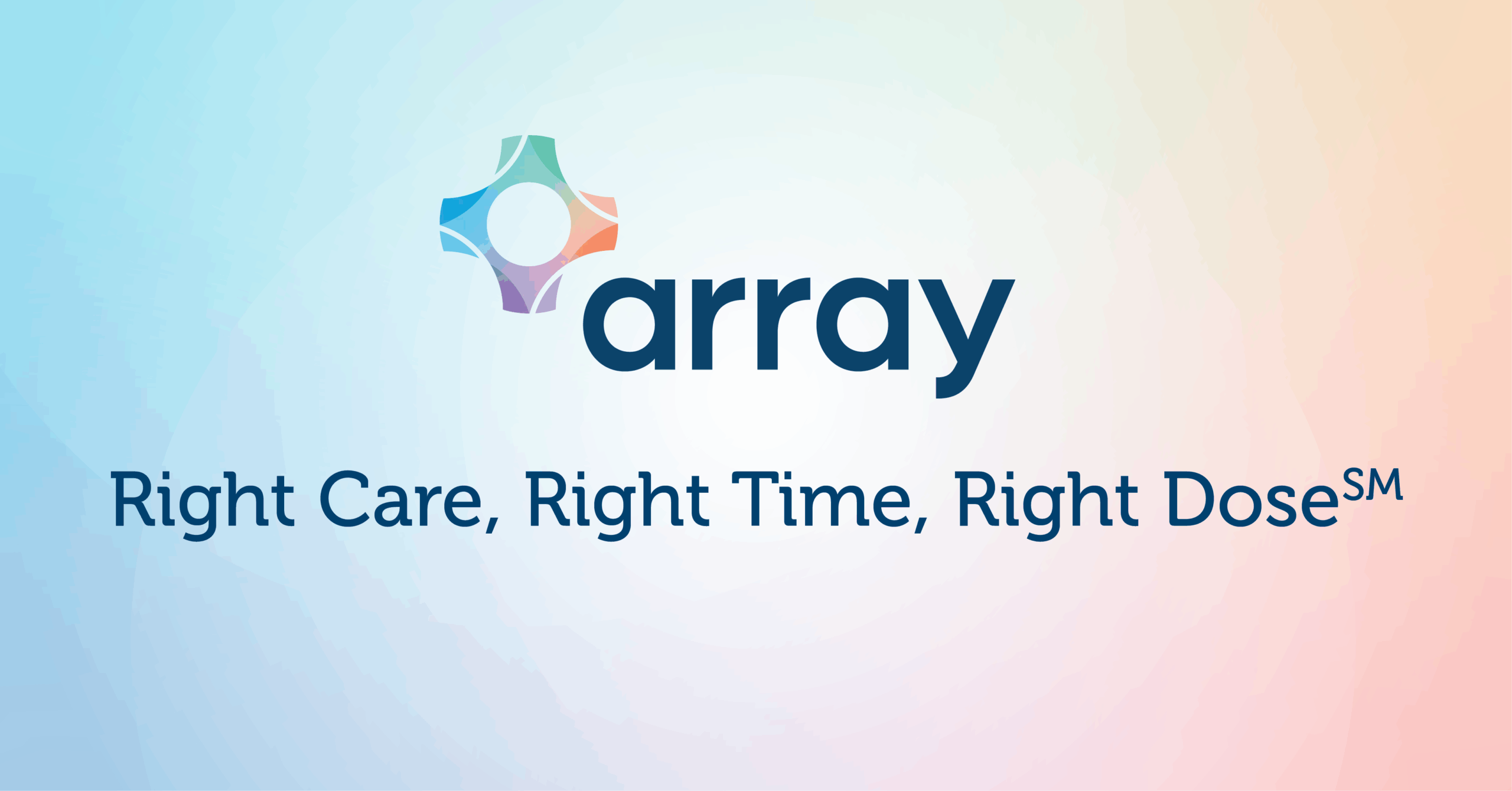By: Shannon Werb, Chief Executive Officer at Array Behavioral Care
Originally published on MedCity News on June 18, 2025
A stubborn legacy of the Covid-19 pandemic is the deepening mental health crisis. At its start, longstanding issues like poor access to care and fragmented systems became impossible to ignore almost overnight. In response, behavioral health entered a new era of rapid digitization, marked by a flood of investment(Opens in a new window) in mental health technologies that promised increased access and innovation at scale.
On the surface, this explosion of digital solutions was a much-needed step forward. Virtual care, AI-driven platforms, and mental health apps proliferated, offering tools for everything from depression screening to medication adherence. According to a 2023 Rock Health Digital Health Venture Funding report, nearly 9 in 10 digital health startups in 2023 were focused on point solutions alone. Now, as we pass half a decade since the pandemic began, we’re starting to see that, rather than streamlining care, this surge in point solutions has produced a disjointed ecosystem that often over-complicates care delivery and undermines clinical workflows.
The limits of a platform-first mental health model
A key reason for this fragmentation lies in the way digital behavioral health companies have structured themselves. Many of today’s mental health tech startups follow the traditional tech company blueprint: build a sleek platform, scale fast, and work to impress investors with user growth. But behavioral health isn’t a typical tech industry – it’s a clinical care delivery industry. And when company value is rooted in platform capabilities rather than clinical expertise, the solutions that emerge can both feel misaligned with real-world needs and create an environment where patients can’t get to the clinical resources they need, and clinicians don’t have access to the information necessary to provide great care.
I’ve seen this dynamic play out a number of times: a digital health startup pours everything into developing software that connects patients to a broad network of clinicians through a gig-style model. On paper, they’re expanding access to care by reducing certain barriers like geography and scheduling conflicts, but true continuity of care remains elusive. There’s no shared clinical culture, no agreed-upon care pathways, and no uniform commitment to measurable outcomes. Without a foundation of full-time, supported clinicians, these platforms simply become revolving doors.
Using technology to bridge, not divide
The next generation of behavioral health technologies must prioritize connection over proliferation. That means creating systems that unify rather than separate with tools that enable a single, longitudinal view of a patient across the care continuum.
Today, clinicians are often left trying to piece together information from disparate sources: a medication management app here, a therapy notes system there, maybe an EHR that doesn’t talk to either. In fact, fewer than 20% of mental health apps are integrated within clinical systems or validated by evidence. The burden of integration falls on the provider(Opens in a new window), pulling time and focus away from patient care.
For example, imagine a patient with both anxiety and diabetes, who might see a therapist on one platform, a psychiatrist on another, and a primary care physician in yet another system. Without interoperable data(Opens in a new window), there’s no comprehensive view of their health. That lack of cohesion can lead to redundant treatments, missed diagnoses, or worse – patients falling through the cracks entirely.
Instead, imagine a fully connected system that functions like a digital backbone for all aspects of behavioral health diagnosis and treatment. It would automatically pull together medical history, lab results, social determinants of health, and behavioral data into a single interface. Clinicians would be able to spend less time toggling between tools and more time delivering care. Additional layers of technology like AI could surface clinical insights and suggest next steps, but the clinician would remain firmly in control, using technology as a support, not a substitute. Unfortunately, only 38% of behavioral health providers are currently connected to interoperable EHRs, and even some of those may have certain limitations to gaining a comprehensive view of patient health.
Clearing the path for whole-person care
Used responsibly, advanced algorithms and AI have the potential to guide treatment decisions by parsing complex inputs — clinical notes, patient-reported outcomes, comorbidities — and surfacing actionable recommendations.
Imagine a patient in treatment for depression is also complaining of chronic pain. In addition to the routine questionnaire and clinician’s notes resulting from the patient’s visits, a tech-enabled clinical decision support system layers in data from the full electronic health record – recent lab results, comorbid diagnoses, a full history of the patient’s reported symptoms – along with social determinants and any other relevant data. Given the patient’s current pain management regimen, the system finds that perhaps there is a significant risk of medication-induced depression relapse.
A system like this would also be capable of surfacing researched-backed and measurement based care pathways proven to be effective for patients with similar profiles, and in this case, suggests integrating a pain-focused CBT program alongside a reassessment of the initial dosage of antidepressants.
This kind of support is especially critical in behavioral health, where no one-size-fits-all treatment exists. Whether a clinician practices CBT, medication management, or trauma-informed care, a unified tech platform can enhance their ability to personalize treatment.
Making high-quality care more affordable
Beyond improving outcomes, connected technology systems also offer a path to more sustainable cost models. Traditional fee-for-service reimbursement incentivizes quantity over quality – an approach that is increasingly untenable(Opens in a new window) in behavioral health. But when clinicians have access to data that shows what’s working (and what isn’t), we can begin to align reimbursement with true value.
As technology helps determine the most effective care pathways, it in turn helps reduce unnecessary utilization – lowering costs for both payers and providers. In this way, care that is tech-enabled rather than tech-centric becomes not just clinically sound but financially viable for all parts of the healthcare system.
The future of digital behavioral health won’t be found in yet another standalone app or fragmented series of platforms. It will be built by re-centering care around clinicians empowered by digital technology. The result is truly high-quality, whole-person care that’s both scalable and sustainable – clinically, operationally, and financially.




